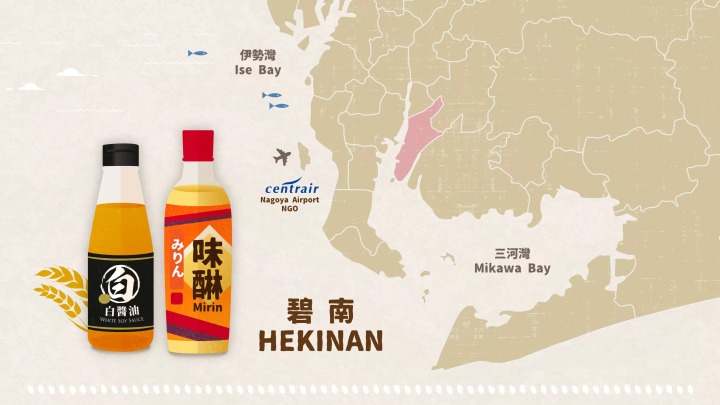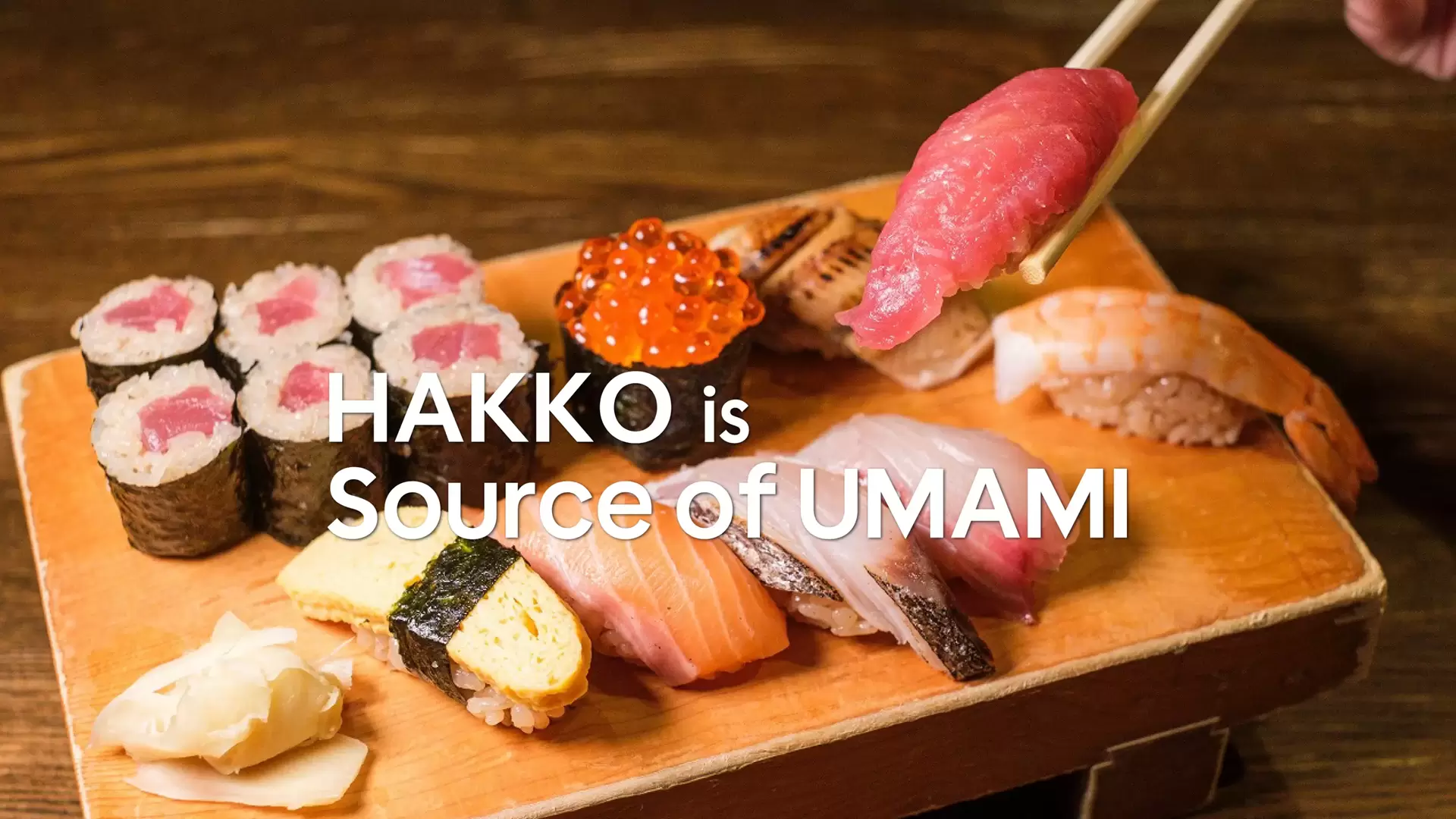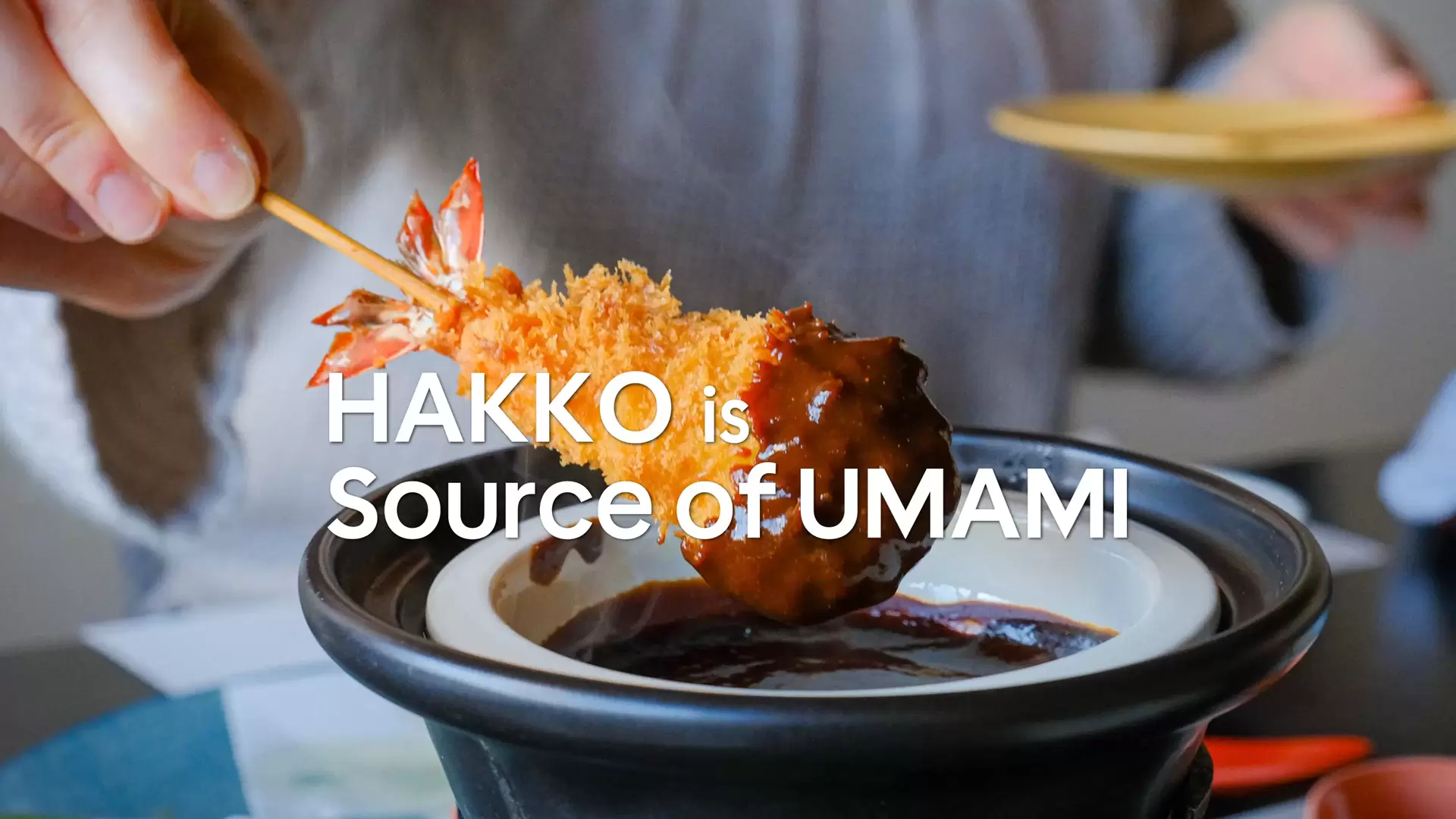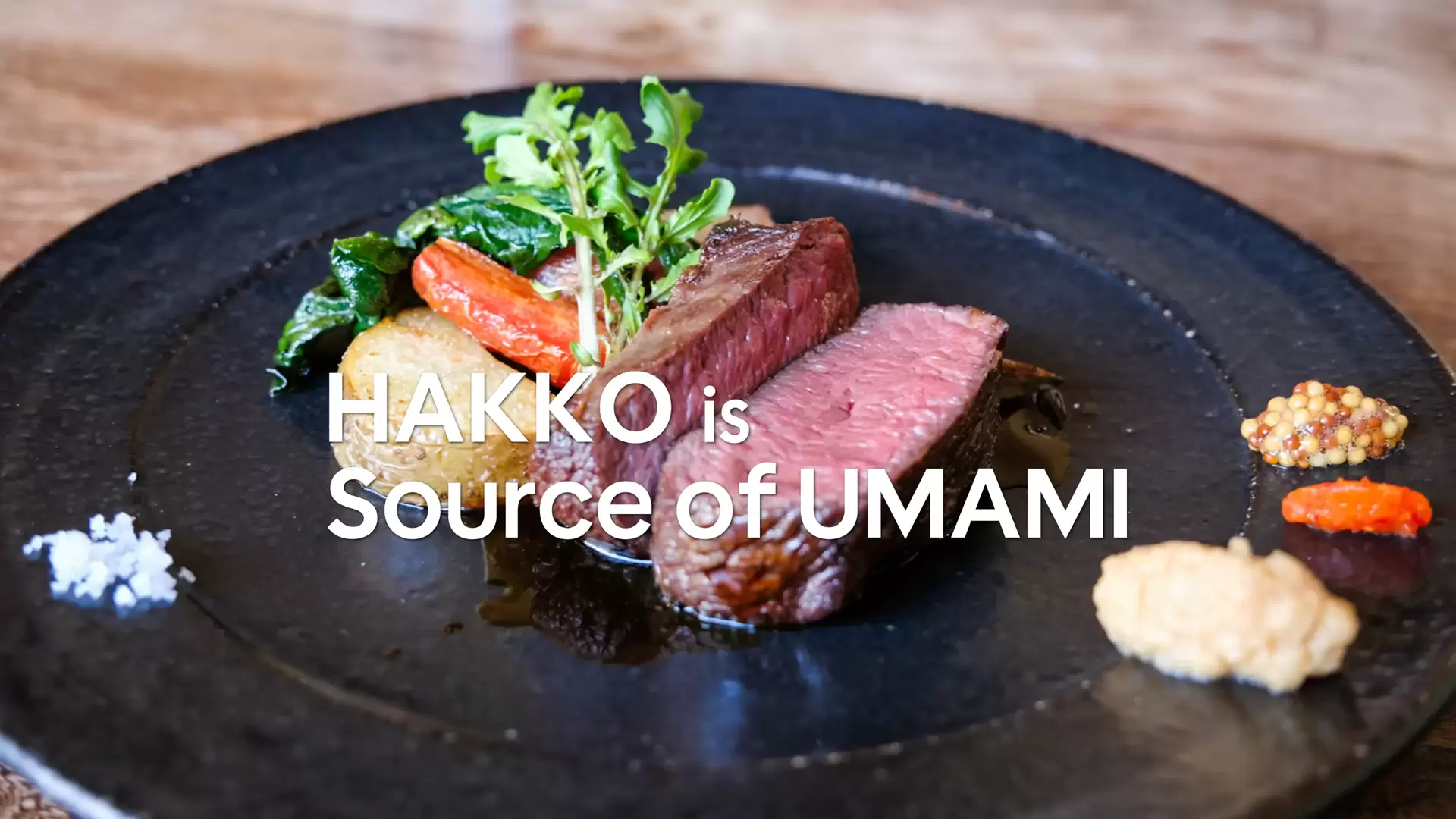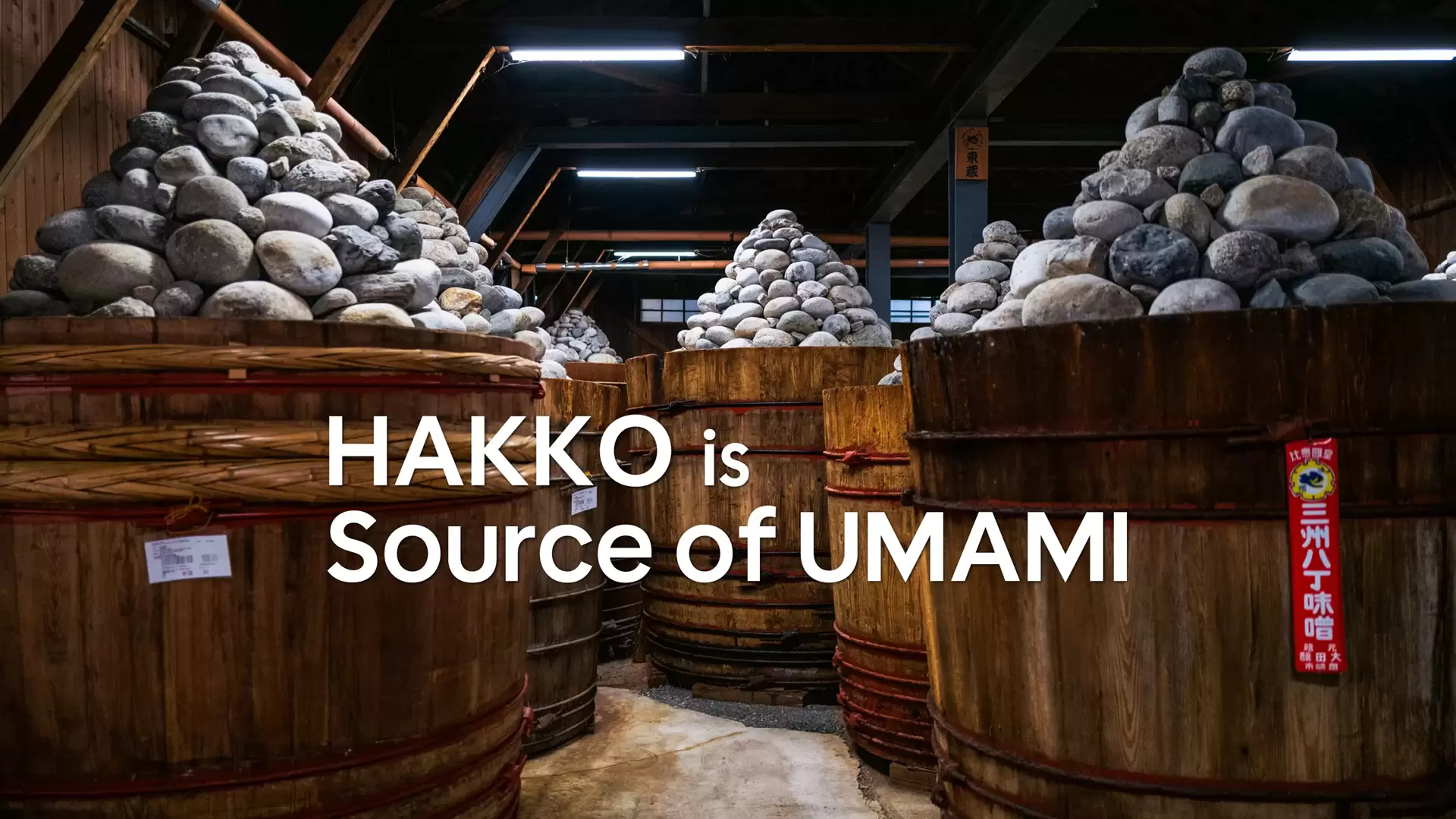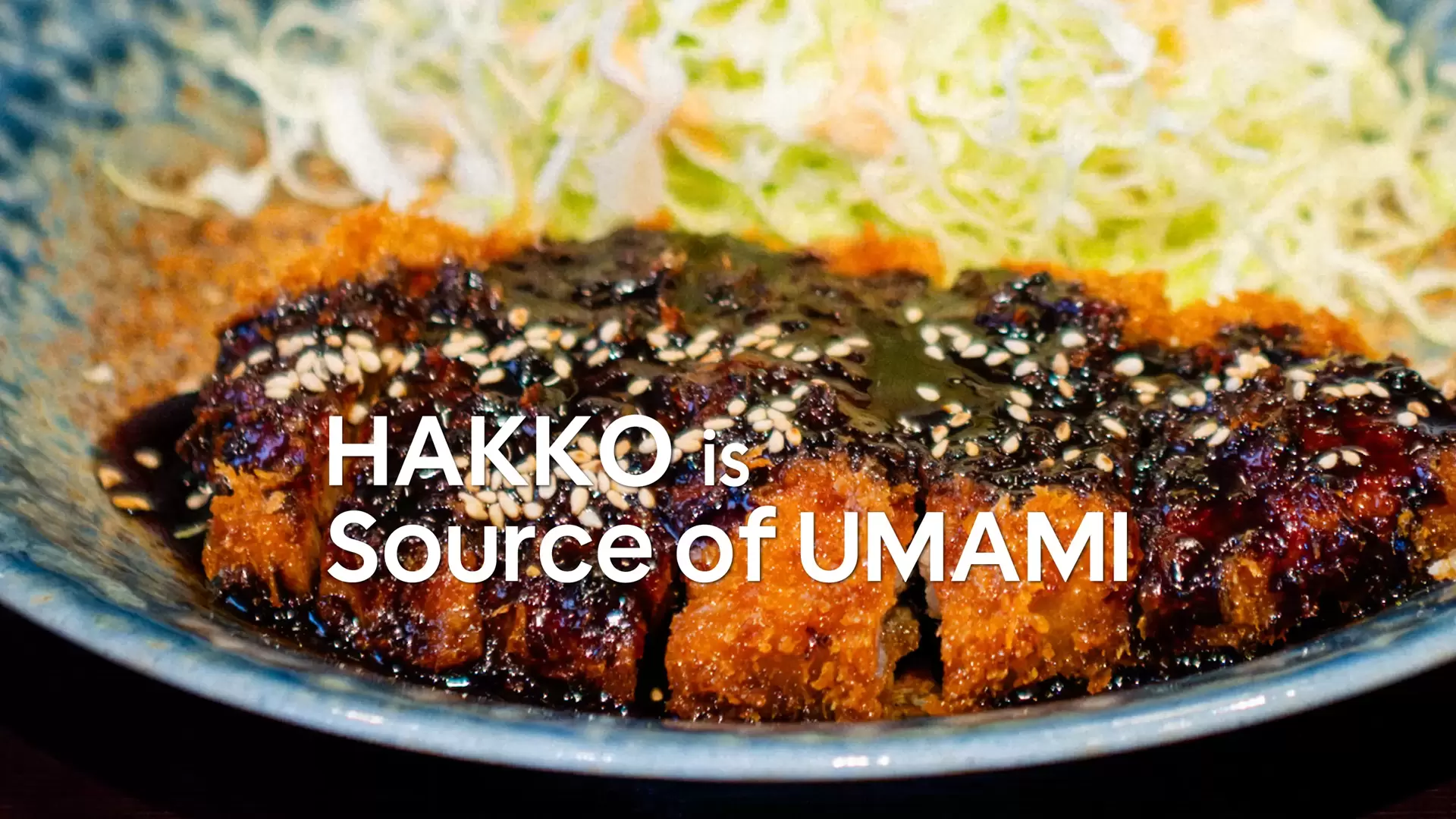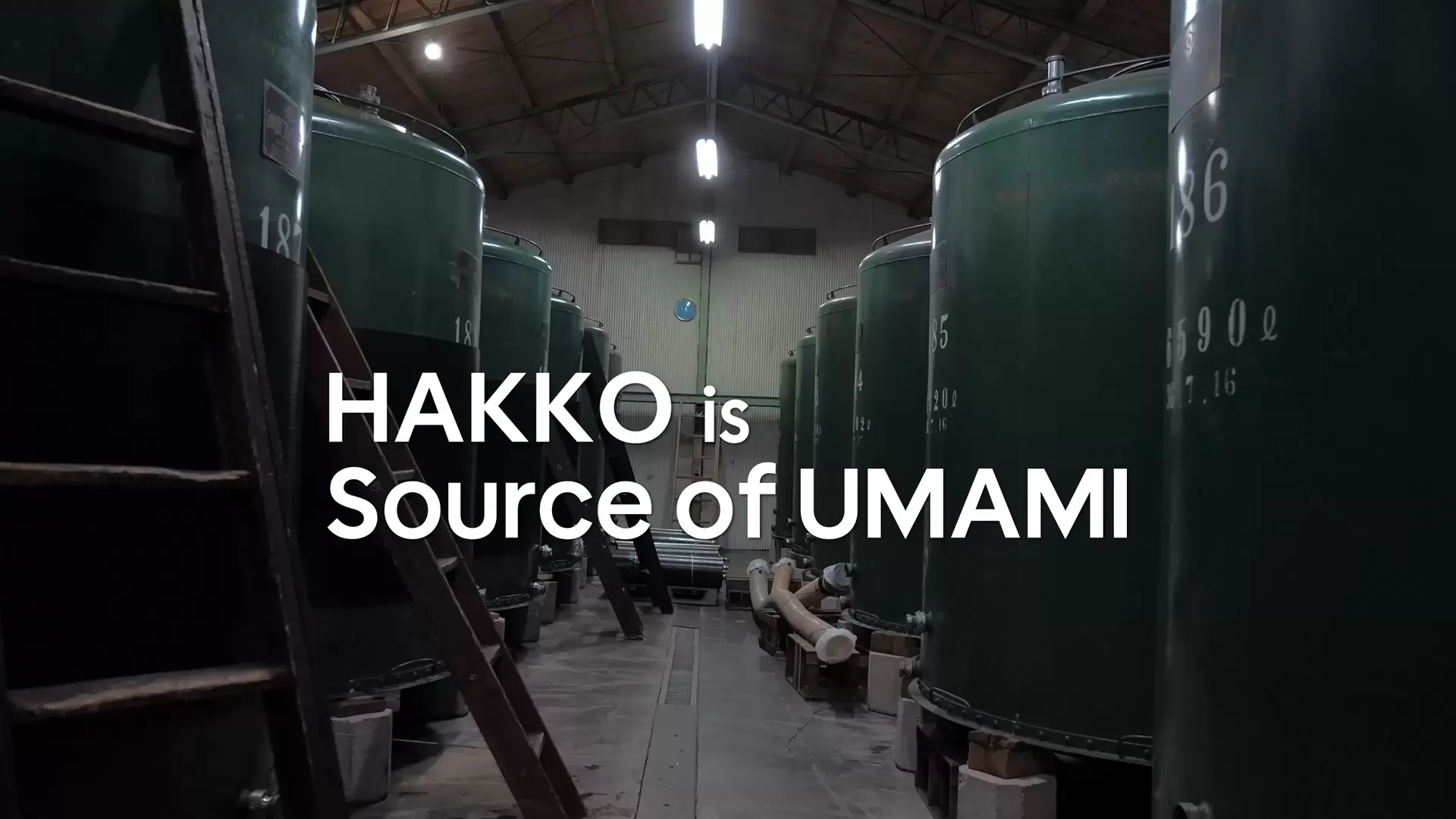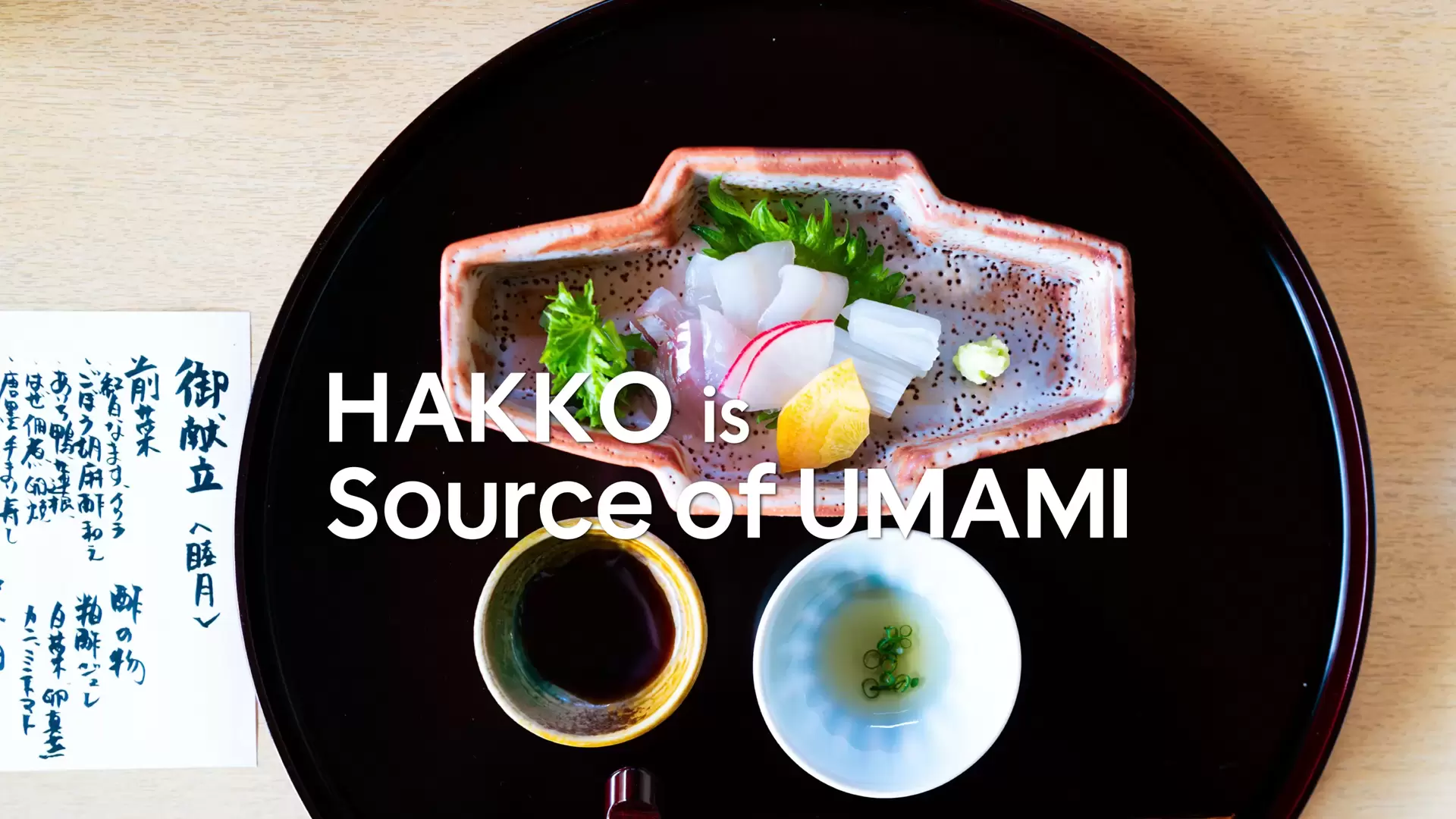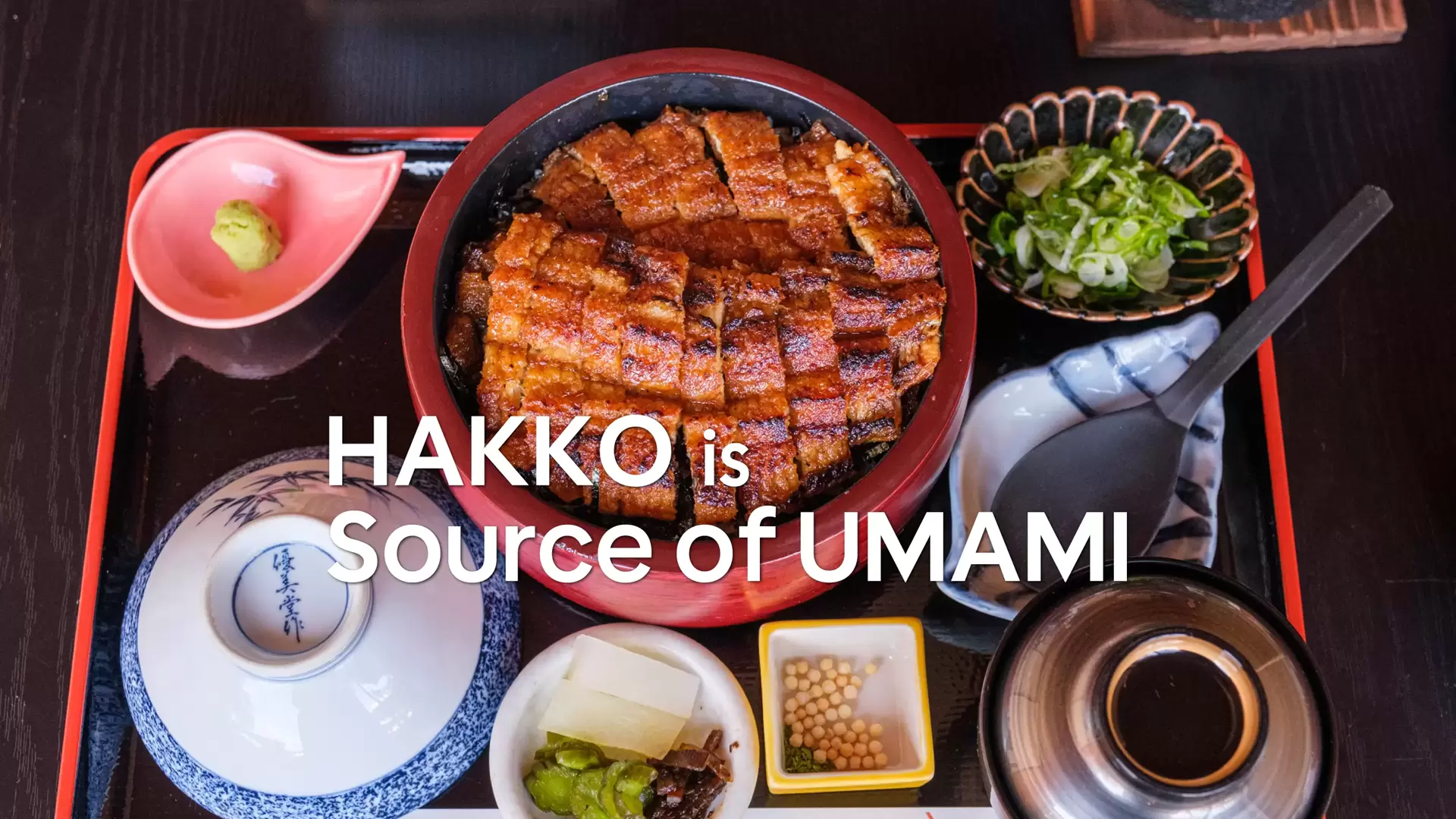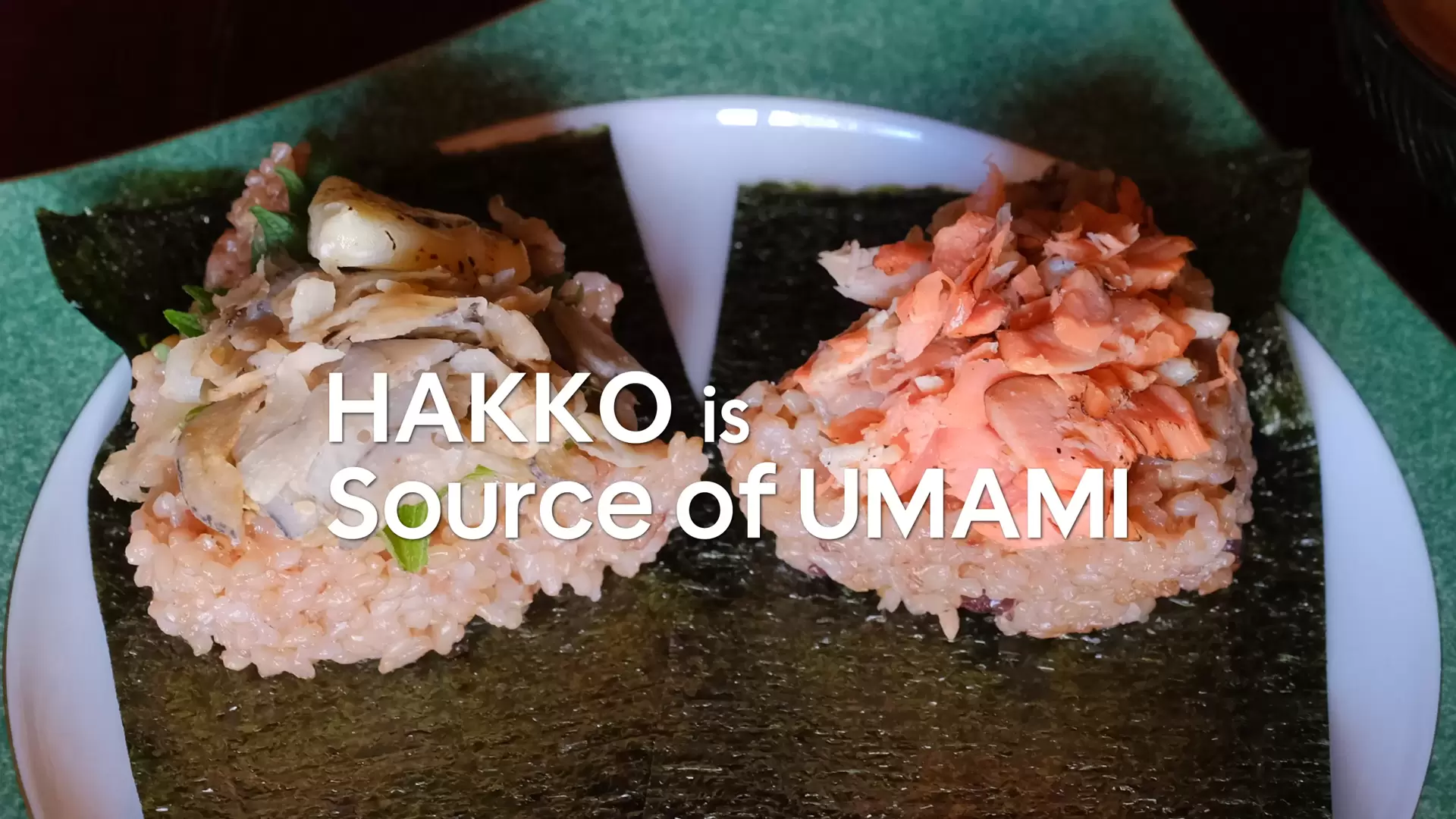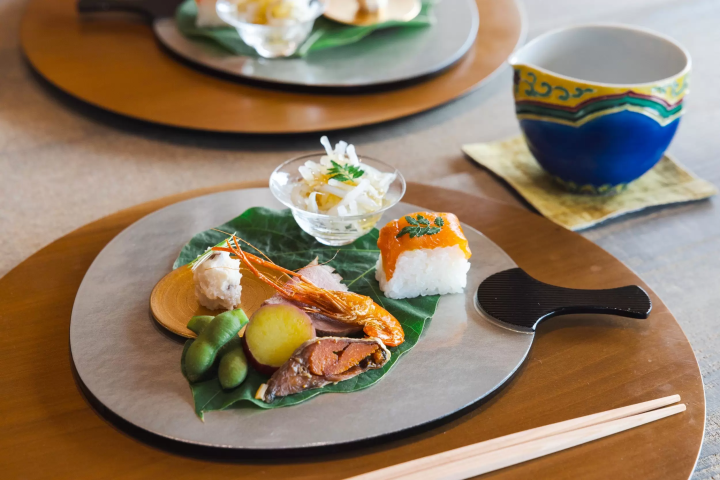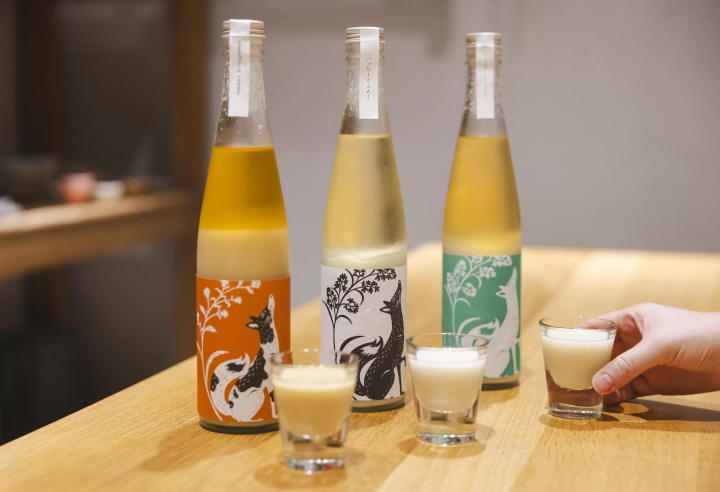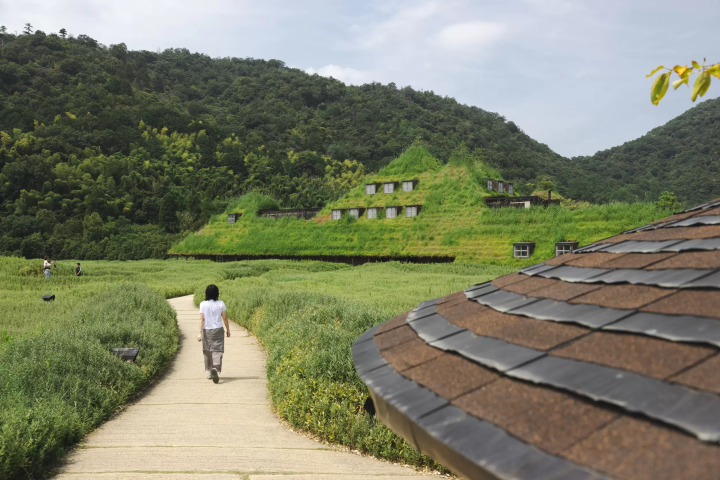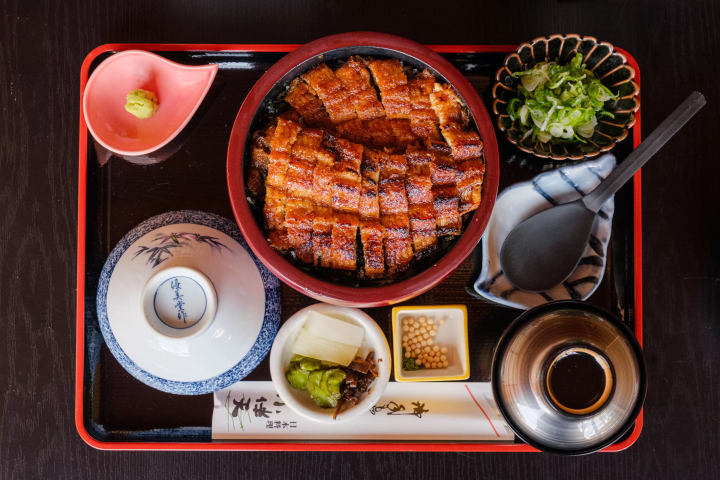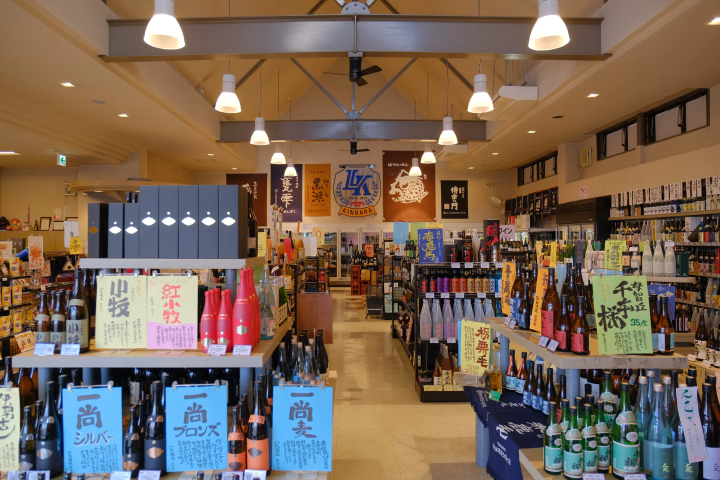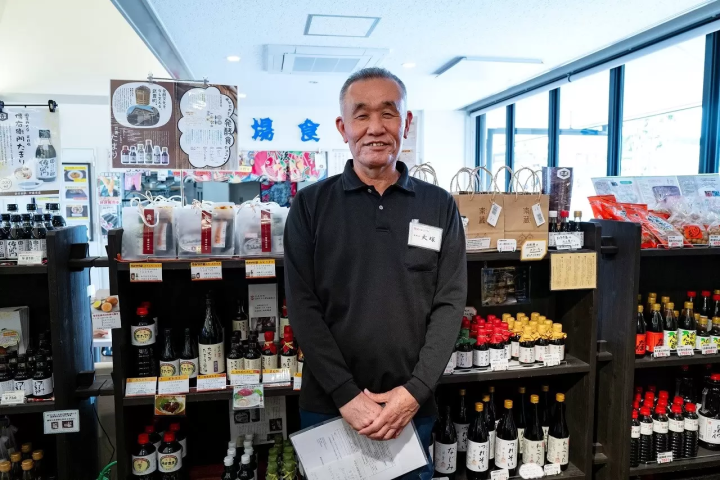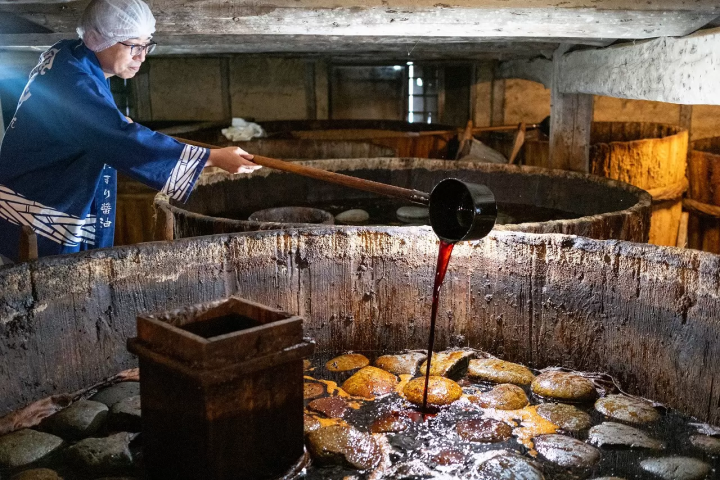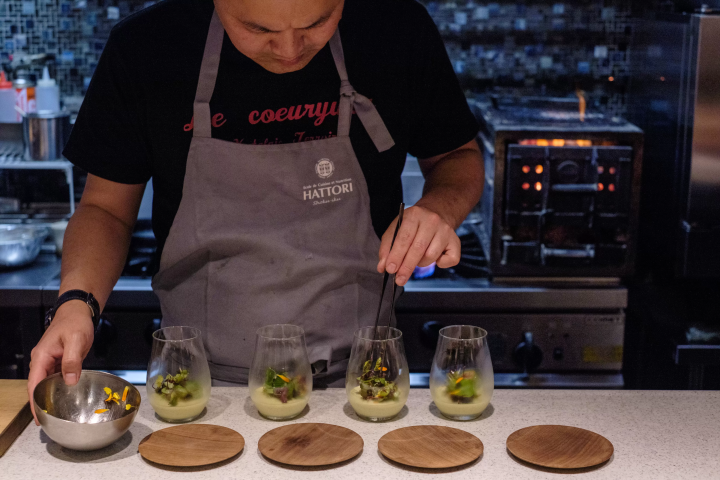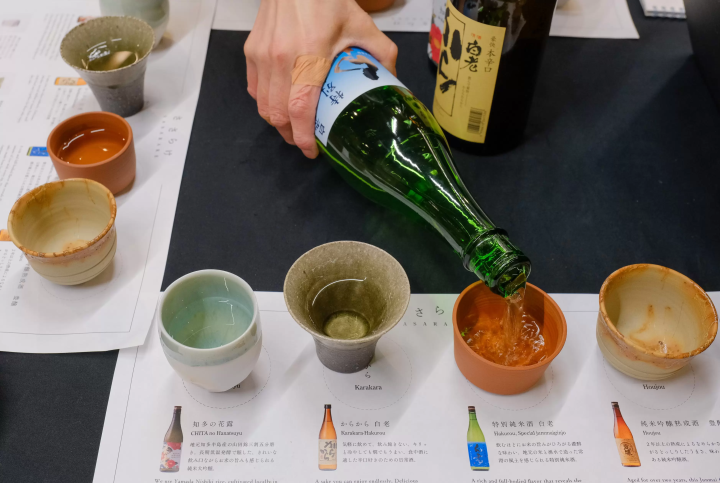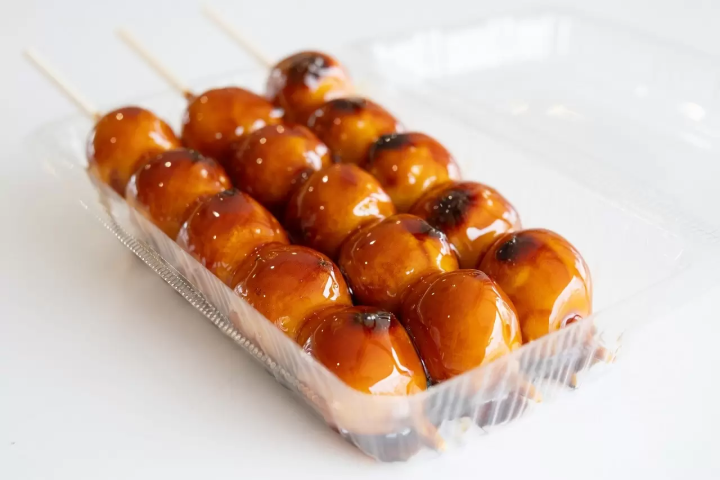Japan’s Fermentation: The Secret Behind UMAMI
Discover the hidden secrets and charms of Japan’s rich fermentation culture!
Nagoya, once home to powerful shogun who shaped history, is famous for landmarks like Nagoya Castle and Ghibli Park. But did you know it's also a treasure trove of Japan’s iconic UMAMI-rich food culture?
What’s HAKKO?

In Japanese cuisine, fermentation (HAKKO) plays a crucial role in creating flavorful seasonings and world-renowned sake. The mastery of fermentation techniques is key to crafting these delicious essentials.
What Kind of Place is Nagoya?

Located in central Japan, Nagoya serves as a major transportation hub, easily accessible by air and land. Thanks to its rich natural environment and unique climate, the region has cultivated a distinctive fermented food culture over the centuries.The Chita Peninsula, nestled between Ise Bay and Mikawa Bay, is a scenic region that has long been known for its thriving brewing industries, producing sake, vinegar, miso, and tamari soy sauce. Meanwhile, Nishi-Mikawa, the birthplace of Tokugawa Ieyasu, carries on the tradition of making Hatcho miso and the uniquely light-colored Shiro shoyu (white soy sauce)—both essential elements of Japanese cuisine.
New Articles
Recommended Spots

HAKKOU SHOP Shiragiku store
Shopping

Meiji Mura Museum
History

Qualite – Natural Cuisine Restaurant
Food & Drink

Arigato no Sato (Thank You Village)
Experiences

Tomo's World
Art & Design

Shirakawago Observatory
World Heritage

Noritake Garden
Things To Do
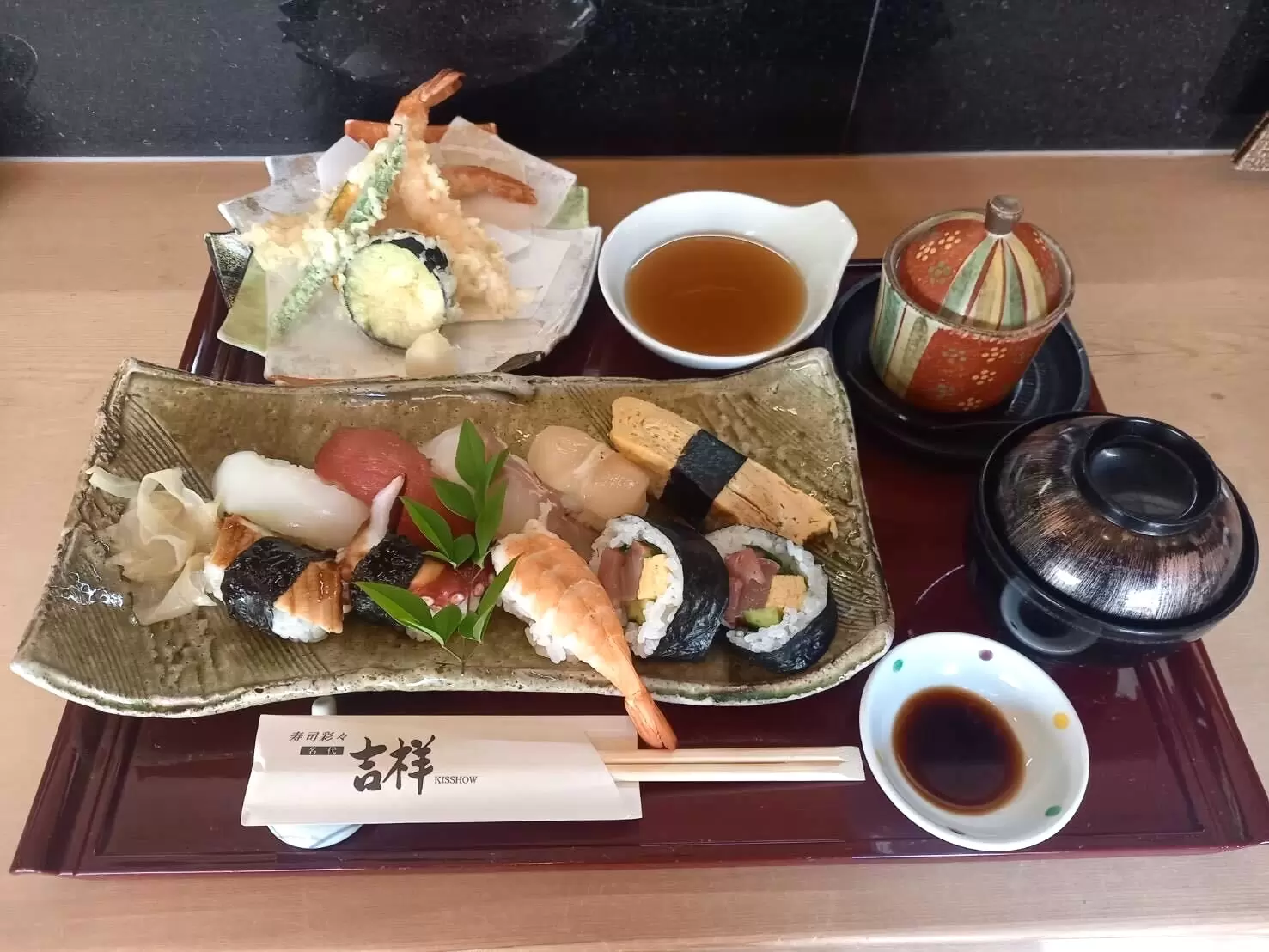
Kissho
Japanese Food

Centrair DutyFree Neo Japan
Shopping

CAFE CHIITA
Cafes

Nagara River Ukai Museum
Experiences
Must-Visit
Tokoname | 常滑
Handa | 半田
Taketoyo | 武豊
Okazaki | 岡崎
Hekinan | 碧南

Blessed with nature, the Chita Peninsula has a thriving brewing culture and has supported the prosperity of "sake." During the Edo period, a lot of "sake" was shipped from the Chita Peninsula to "Edo. " Tokoname City is no exception, and is also known as a city of sake breweries and pottery. In the past, the Ono district of Tokoname City was said to be the center of sake brewing in Aichi Prefecture, with more than 30 sake breweries crowded together.

Back in the days before electricity, high-quality sake brewing required a cold environment (kanzukuri or "cold brewing"). Tokoname’s strong, cold winds—blowing down from the northwestern mountains of Aichi—helped create ideal conditions for sake production, shaping the region’s brewing history.
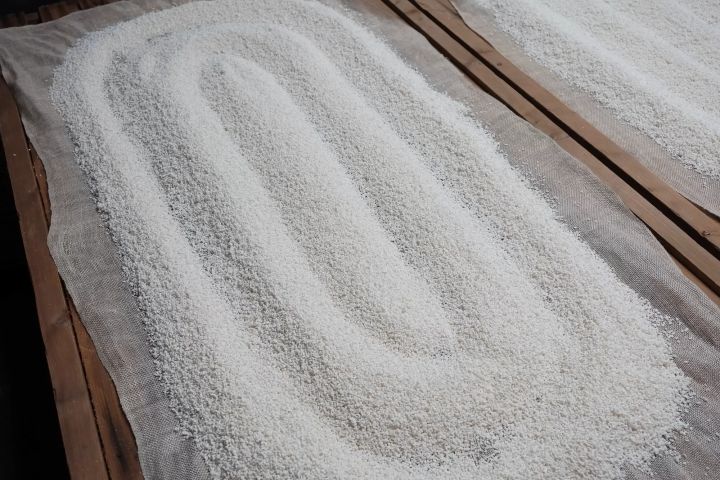
Today, two historic breweries remain. One continues to use traditional wooden tools, preserving the time-honored methods of sake brewing. The other has a unique connection to the founding family of Sony, carrying on its distinctive legacy. Both breweries welcome visitors for tours and sake tastings, making them a must-visit for sake lovers.

Tokoname is also famous for Tokoname-yaki (Tokoname pottery), which has been used for brewing and storing sake for centuries. Thanks to its airtight properties, these ceramic vessels were highly valued during the Edo period for transporting soy sauce, sake, and mirin to Edo (Tokyo). Today, Tokoname pottery is widely appreciated for tea ware, but it remains popular for sake vessels as well, admired for both beauty and functionality.

Tokoname City is the closest city to Chubu Centrair International Airport, the gateway to the central part of Japan, making it extremely convenient to access. Tokonyan, the lucky cat, will welcome you.


Handa City is the holy land of vinegar, an essential ingredient for sushi. While sushi is now famous worldwide, Handa played a key role in its history over 400 years ago, serving as the birthplace of a pioneering company that helped popularize Edomae sushi.

Inspired by the costly rice vinegar of the time, Mizkan found a way to upcycle discarded sake lees into a more affordable alternative—kasuzu (lees vinegar). At the MIM: Mizkan Museum, visitors can explore this fascinating history, learn about the vinegar-making process, and even enjoy interactive attractions and vinegar tasting experiences for both kids and adults.

The Handa Canal, lined with striking black-walled warehouses, preserves the city’s legacy as a thriving hub of the maritime industry. These historic buildings hint at an era when large cargo ships once came and went through these waters.

Right nearby, the sushi restaurant Uotaro offers a unique experience where you can taste sushi made with different types of vinegar, highlighting how each one affects the flavor of the rice.


Have you heard of tamari, the gluten-free soy sauce that’s gaining worldwide attention? Taketoyo City is home to six tamari soy sauce breweries, making it a key production hub for this rich and flavorful seasoning. Unlike regular soy sauce, tamari has a darker color, a bolder taste, and an intense umami that pairs perfectly with sushi and sashimi. Today, it’s highly regarded by food connoisseurs and top chefs around the world.

With its proximity to both the sea and rivers, Taketoyo thrived as a major distribution center in the past. This strategic location made it easy to secure a steady supply of soybeans, the key ingredient in tamari production.

Even today, local breweries continue to uphold traditional brewing methods, with most tamari still crafted in wooden barrels. Blessed with a mild climate and high-quality water, this region has long been a center for miso and tamari soy sauce production, earning its place as one of Japan’s three great brewing regions, alongside Choshi in Kanto and Tatsuno in Kansai.


Okazaki City is best known as the historic birthplace of Tokugawa Ieyasu, one of Japan’s most famous shoguns. Ieyasu was known for his focus on health and had a deep appreciation for food, particularly when it came to miso.

It is said that he highly valued the local miso-making techniques, to the point of keeping them a closely guarded secret. As a result, Okazaki’s miso, especially Hatcho Miso, has been carefully preserved by the local community and remains a beloved staple to this day.

Hatcho Miso is a rich, dark red miso and is considered one of Okazaki’s signature specialties. This deeply flavored miso is a key ingredient in many local dishes, including miso katsu (miso-covered pork cutlet) and miso nikomi udon (thick miso-based noodle soup).Okazaki’s miso soup is also unique, standing out from other regions with its distinctive deep red color and bold, umami-rich taste.

Nearby, you’ll find Okazaki Castle, the very place where Tokugawa Ieyasu was born. The castle is surrounded by a scenic park, offering a beautiful blend of history and nature.

Why not take a peaceful stroll through this historic setting and experience the timeless flavors of Okazaki’s miso, a tradition cherished since the Edo period?



Hekinan City is a culinary treasure trove, known as the birthplace of both shiro shoyu (white soy sauce) and Mikawa mirin. It is home to three dedicated white soy sauce breweries, a rare sight even in Japan, where they continue to refine their craft and preserve traditional brewing methods.With its light amber color, shiro shoyu is an essential seasoning for dishes where the natural color of ingredients should shine, such as chawanmushi (savory egg custard) and dashimaki tamago (Japanese rolled omelet).
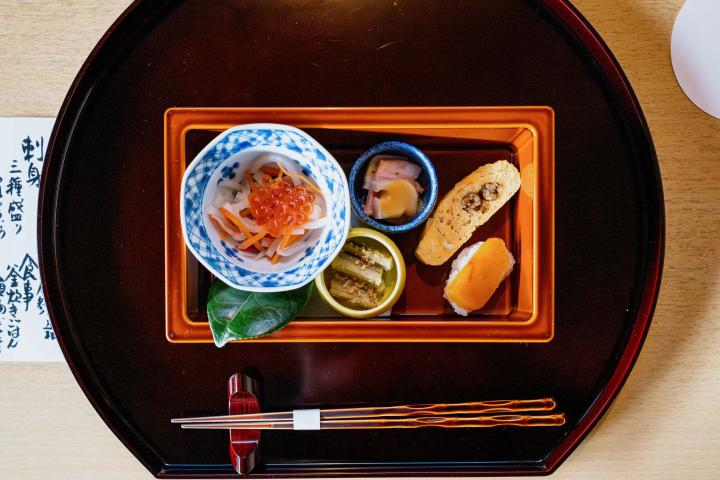
Hekinan is also famous as the birthplace of mirin. Made purely from rice, Mikawa Mirin is a sweet, full-bodied seasoning that has gained international recognition among top chefs.

This rich rice liqueur is not only used in traditional Japanese cuisine but also as a secret ingredient in desserts, enhancing flavors in chocolates and other sweets. With five dedicated mirin breweries, Hekinan has the highest concentration of mirin producers in Japan. Here, visitors can fully appreciate the depth and complexity of this beloved ingredient.

At Kokonoe Mirin, a mirin brewery with over 250 years of history, a narrow pathway lined with black-walled storehouses offers a nostalgic, old-world charm. Visitors can also enjoy brewery tours and even indulge in a reservation-only lunch experience to savor dishes enriched with mirin's delicate sweetness.
